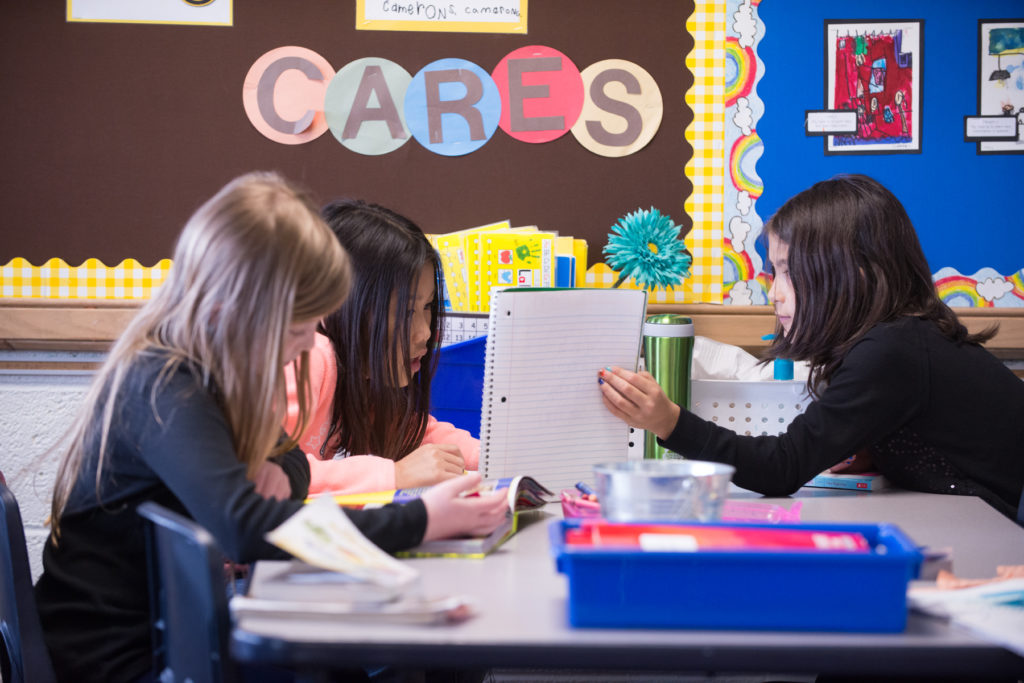
“You need to calm down.” This is something I hear a lot in my work as a behavior specialist when a student starts to get agitated—answering rudely, refusing to work, making insulting comments, or whining. A teacher might tell a child to “go sit in the beanbag chair and calm down” or simply “relax.”
The problem is, many students don’t know how to calm down. This is especially true for children who display chronic agitation or defiance.
When a child behaves inappropriately, I find that it’s almost always due to an underdeveloped skill. Recognizing and teaching underdeveloped skills is one of the key strategies Nancy Rappaport and I talk about in our book, The Behavior Code: A Practical Guide to Understanding and Teaching the Most Challenging Students.
All children will benefit from learning self-calming skills, but for some children, learning this skill is so essential to their success at school that it’s important for classroom teachers to focus on it as well as specialists, such as counselors and special educators.
What’s the best way to teach self-calming skills to an individual child in your classroom? Here are three simple steps to take:
Students who exhibit anger in the classroom are often described as “going from 0-to-60 in a split second.” In reality, however, the student’s emotions probably grew more gradually from calm to frustrated to angry, but the teacher (and the child) didn’t notice the build-up.
Teaching a student to identify this escalation is essential if she’s to learn how to catch herself on the way up. A helpful tool to use is an emotional thermometer. When the child is calm, share the graphic with her, explaining how emotions often grow in intensity from calm to frustrated to angry. Give the child a copy of the thermometer and ask her to pay attention to where she is on it at different times of the day over the course of a few weeks, checking in with her as needed to discuss what she is noticing.
Another way to teach a student to identify emotions is to do a “body check.” When you notice signs of frustration first beginning, label it for the child and explain how you know: “Your shoulders are hunched and your fists are clenched, so I can see you’re frustrated right now.” Over time, the child will learn to identify when she’s frustrated without your cues.
Once a student can identify when he’s frustrated or angry, he can then make use of a calming strategy. However, finding the right strategy for a specific student is like finding the perfect pair of shoes—you may have to try a few out before finding the right fit.
Also, students who are just learning to identify their feelings of frustration may need frequent reminders to utilize a particular strategy. The calming strategies I have found to be most useful with elementary school students include:
Like any skill, practice is key. Each day, at a time when the student is calm, ask her to role play what she looks/acts like when she is frustrated or anxious. Then ask her to practice her self-calming strategies.
To make the practice most effective, have the student do the role-play in the area of the classroom she’s most likely to go when she’s actually upset, such as the reading area or beanbag chair. Then when she goes there in a moment of frustration, she’ll be more able to use the correct strategy in that space.
Some students will learn these skills quickly, and others will need continued support over time. Self-calming training takes only a few minutes a day but it’s important that you focus on it daily with a child until you see the child beginning to take hold of the techniques. Not only can it prevent challenging behavior moments in the future, but it is an essential skill for success at school, at home, and in social settings.
Jessica Minahan, MEd, is a board-certified behavior analyst (BCBA) and special educator, and co-author of The Behavior Code: A Practical Guide to Understanding and Teaching the Most Challenging Students. This post is the first of three in a series of guest posts she has written for the Responsive Blog. The second was “Teaching Students How to Wait,” and the third was “Checking In: Helping Students “Catch Themselves.”